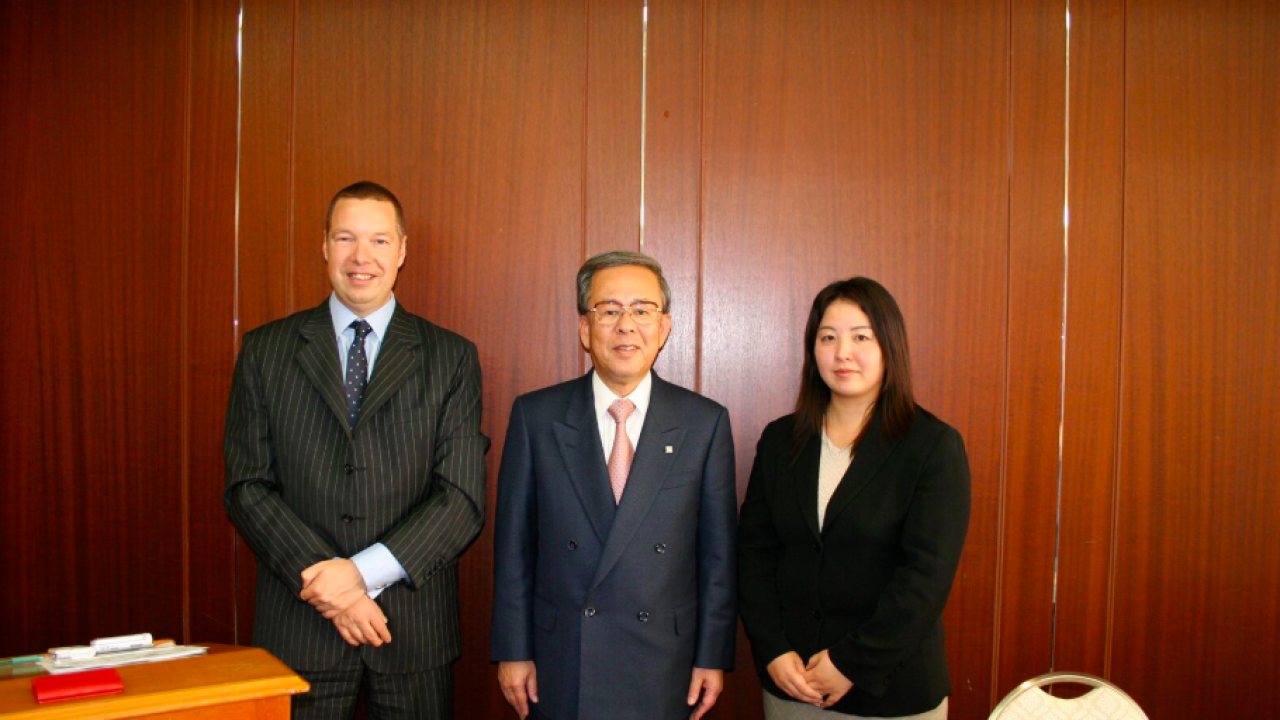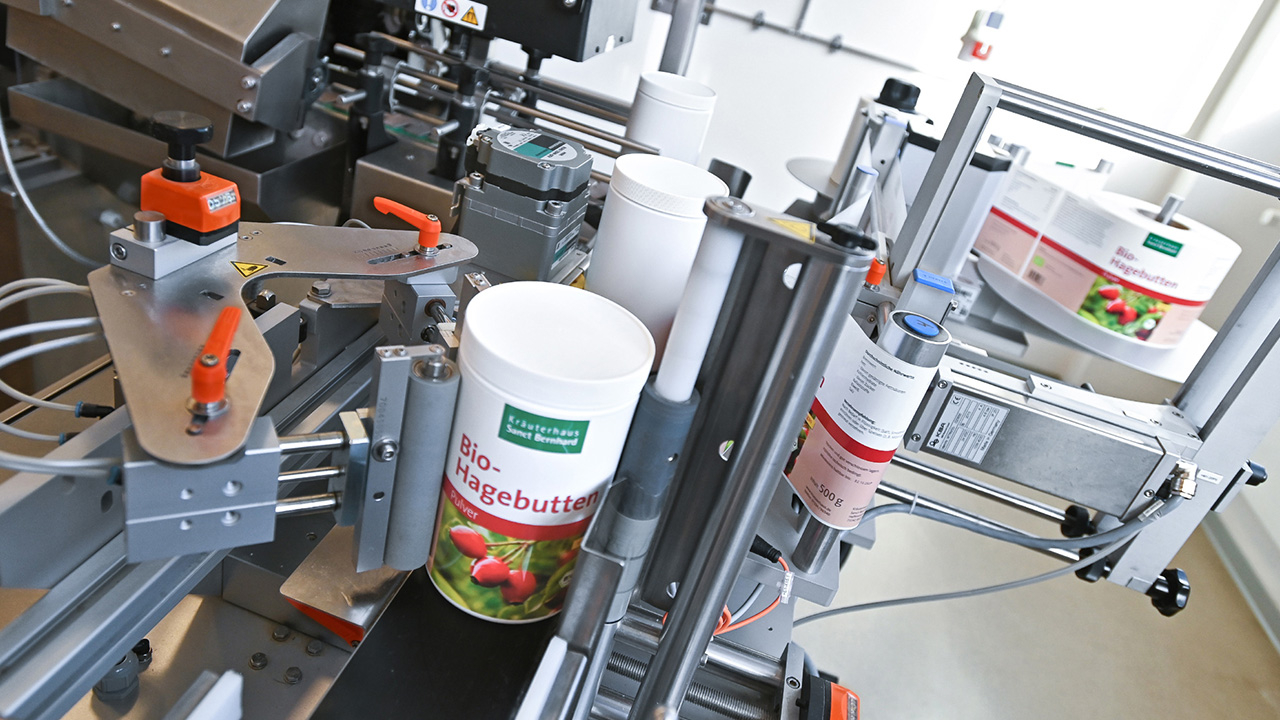It was 20 years ago today...

I had come from the global publisher Emap, where I had edited Packaging News magazine and before that British Printer, so although I knew a lot about the packaging supply chain and the commercial print industry, I had very little knowledge of what looked like a small niche in the wider global print and converting industry.
I had met Mike and veteran contributor Barry Hunt at one of the fabulous annual Christmas events which Avery Dennison used to lay on for UK journalists. They persuaded me that the label industry was a fascinating one in terms of its bespoke technology and sheer size and dynamism.
And so it proved. Twenty years later I find myself still working closely with Mike as strategic director of the Tarsus Labels & Packaging group.
During my career at the journalistic heart of the label industry, I’ve had the privilege of meeting both those whose entrepreneurial drive launched the industry back in the 1970s and those who started around the same time as me and continue to push the boundaries, both suppliers and converters.
Unique position
Labels & Labeling struck me then as being a unique publication in that it was truly global and was written by contributors who were themselves an important part of the industry. To watch Mike Fairley give a presentation was to see someone who had played a major part in bringing the self-adhesive industry into existence, and not simply an outside consultant. I was lucky enough to talk a lot with Clive Smith and learn how he had started working closely with Mike and had the vision to launch Labelexpo not only in Europe and the US, but also, at the time I joined, in Singapore.
The other extraordinary thing about the label industry was the continued use of technologies that were, or would soon be, obsolete in the commercial sector, namely flatbed screen and letterpress. And digital label printing seemed to be at a fairly primitive level compared to what was already transforming the commercial sector.
Another curiosity for me was the lack of any real consolidation. Consolidation had already swept away the medium-sized players in both the carton and the commercial print sectors. There was clearly something about labels that allowed smaller, family-owned businesses to thrive. Indeed, the articles I was writing in those days seemed to show that consolidation did not work – the failure of the Wace group after the acquisition of the ailing stock-market driven Jarvis Porter stood as a prime example.
Whereas in the carton, commercial and flexible packaging sectors, acquisitions generally increased efficiencies and reduced costs, the label industry did not seem to scale up in the same way.
It soon became clear that what counted was the agility of the smaller company – its ability to adapt rapidly to changing end use requirements and new technologies; and the personal customer relationships developed by the owner. Private equity funding played hardly any role at the converter level.
Global culture
The global nature of the industry was something which provided constant jolts. For example my first visit to a Labelexpo Americas in Chicago demonstrated a clear difference in the technology used both sides of the Atlantic. In Europe, UV rotary letterpress was the dominant technology, configured in line with processes including screen, hot foil and flexo coating. In the US, by contrast, water-based flexo was dominant. In addition, European converters were increasingly turning to flexible magnetic dies, while their US counterparts were using solid dies.
The quality of flexo was already improving, with digital platemaking and new plate materials, and European converters finally adopted flexo when UV inks and coatings became widely available. At the same time US converters began the slow shift to UV and to flexible dies until we arrive at today’s situation where the same presses are sold with almost identical specifications in Europe and North America.
Another striking indicator of the global nature of the industry was the development of regional trade associations, greatly encouraged by the global nature of L&L and Labelexpo and Mike Fairley’s willingness to travel widely and share his knowledge. This created a commonality of technical culture and disseminated best practice as Mike and his team visited leading label converters worldwide and organized and participated in technical conferences around and between Labelexpo shows.
Seeing the very early development of the label industry in India and China 20 years ago, and to see where both countries are today, is instructional. The leading converters are now buying top of the range western equipment instead of cheaper ‘clones’, while in China in particular we are seeing the birth of a more sophisticated machine manufacturing industry.
Technology shift
Press drive technology was at a crossroads 20 years ago. All narrow web presses were shaft-driven machines, but outside the label industry servo (direct) drives were making their way into industrial applications. I saw my first press with a servo-driven plate cylinder in 2005, and recall being fascinated by the video display showing the rotation speed adjusting itself to the registration marks passing through the press. It immediately became clear that pretty much any material could be run down these machines, including unsupported films. Up to this point CI drums were the only game in town for extensible materials.
Another key difference with the commercial and carton print worlds was the sheer range of material combinations. This helped give a clue as to why the label industry was unique: the expertise barrier to entry was a high one. The early industry pioneers were steeped in the different functional properties of different face and film materials, the release properties of silicone coating formulations and the different functional properties of adhesives. They understood, mostly through empirical trial and error, how to die-cut often complex shapes at high speeds to incredibly fine tolerances.
With strong unions supporting accredited apprenticeship systems and with many label companies run by ex-press operators, the technical level of even the smallest converter was extremely high.
How have things changed; how will they change?
Perhaps the most dramatic change in my 20 years at L&L and Tarsus has been the consolidation of the label industry – not just in terms of suppliers, but also of converters. Conglomerates have learned how to make these acquisitions work, and the key on the converter side has been to retain the expertise and personal customer relationships of the management team – particularly the entrepreneur responsible for the company’s success. Twenty years ago, accepted wisdom was to replace existing management with ‘professional’ managers, often from outside the industry.
Private equity has entered the converter M&A market because it can now be seen that global brands require, if not fully global supply from a single source, then at least regional supply close to packaging plants and consumer distribution centers. More sophisticated requirements for color control across different container types and packaging materials is pushing the trend to using a smaller number of print suppliers.
Globalization of retail supply chains has advanced dramatically during the last 20 years and this has impacted and accelerated the distribution of advanced technology.
China provides an excellent example. The power of global retailers like Walmart and Carrefour and the global brands that integrate with their supply chains, created the requirement for advanced production plants close to the point of packing – exactly the trend we noted above for developed markets.
This led leading global converting groups to set up operations catering for these requirements – as well as for the local brands looking to compete in terms of sophistication of decoration. Thus we see Multi-Color Corporation, CCL and All4Labels setting up plants in China, and we also see an elite of Chinese converters buying machinery at the top end of the technology market to service these same customers.
Similar trends can be expected in India as soon as FDI starts to produce concrete results and the global retail supply chain establishes itself there too.
In wider technology terms, flexo – regarded as a low quality process by European converters wedded to letterpress 20 years ago – has now become the dominant technology and servo drives ubiquitous. Now, in the same way UV flexo first matched – then displaced – UV letterpress, digital is demonstrating a similar growth trend.
Since the early 2000s the quality of electrophotographic digital, led by HP Indigo and Xeikon, has matched and even surpassed the quality of conventional print, and UV and water-based inkjet is likely to follow a similar trajectory over the next decade.
Unlike with letterpress, however, flexo has continued to develop, with faster changeovers, increased automation and more complex in-line processing.
This means that unlike the move from letterpress to flexo, digital is unlikely to displace flexo. Instead we are likely to see digital adding more processes in-line and flexo combining digital elements, either as full hybrid presses, or with rail-mounted retrofit units. Either way, this is all good news for the converter, delivering highly automated and flexible machine tools capable of meeting the latest challenges presented by shorter runs, more rapid product cycles and sustainability requirements.
This article was first published in Labels & Labeling issue 6, 2018.
Stay up to date
Subscribe to the free Label News newsletter and receive the latest content every week. We'll never share your email address.


